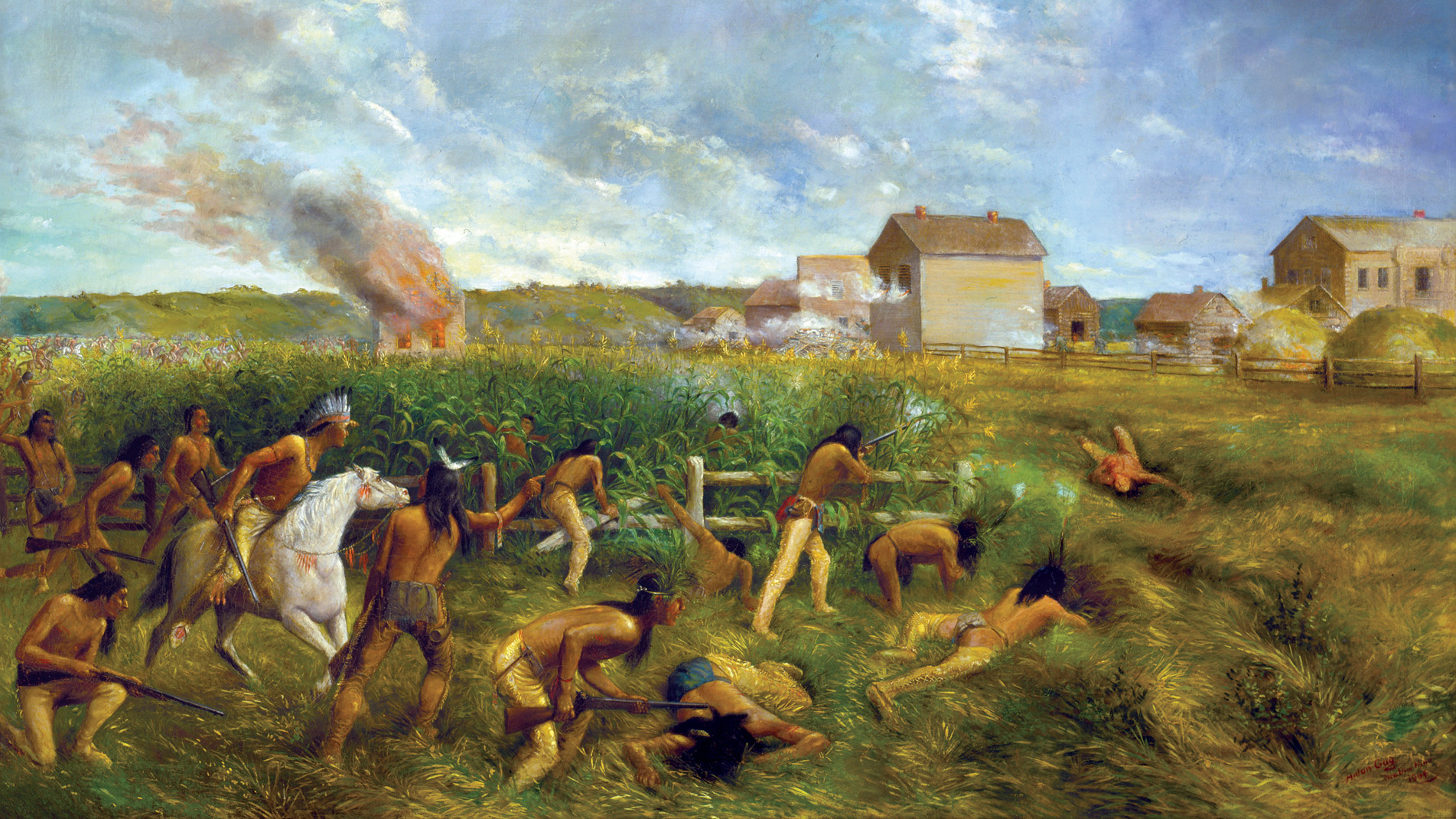
Defending the Skies Above the Reich
By Allyn VannoyDuring the Allied air campaign against the Third Reich in World War II, well over a million tons of bombs were dropped on German territory, killing nearly 300,000 civilians and wounding another 780,000. Read more






















